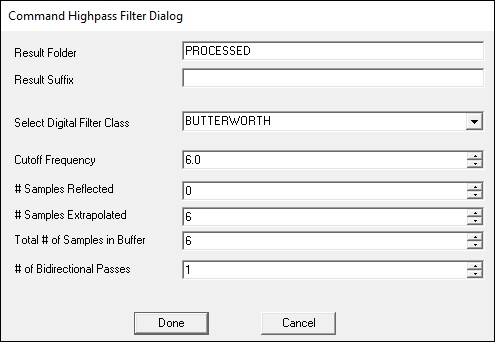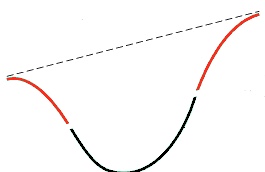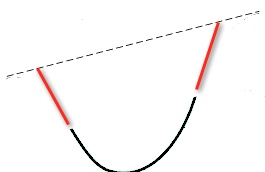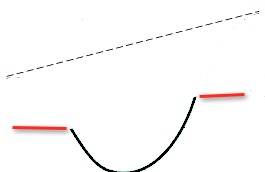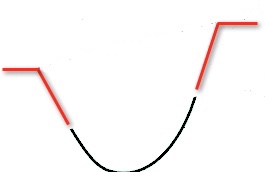Table of Contents
Highpass Filter
Highpass filter the points of a signal using a bidirectional filter.
The user can specify a BUTTERWORTH or CRITICALLY_DAMPED filter.
Visual3D uses a second order Butterworth Bidirectional Filter for Lowpass/Highpass filtering. The number of bidirectional passes specified determines the order of the filter (e.g. 1 bidirectional pass results in a fourth order filter).
The cutoff frequency takes into account the number of bidirectional passes through the signal.
Digital filters do not work particularly well at the ends of the data array. In an attempt to minimize this problem, the procedure used in Visual3D is to buffer the data at both ends. The user can specify that the data be reflected at the beginning and end of the array and/or that the data be linearly extrapolated at the beginning and end of the array. For example, if 10 points are reflected and the total size of the buffer is set to 20, 10 points will be reflected at the beginning and end of the signal, the 10 additional frames of data will be extrpolated linearly.
After the data is filtered, the buffer is deleted.
Highpass_Filter
/Signal_Types= The type of signal to be processed
/Signal_Names= The names of the signals to be processed
/Signal_Folder= The name of the signal folder
/Result_Types= The type of the resulting signal
/Result_Names= The name of the resulting signals
/Result_Folder= The data tree folder that the resulting signal is placed.
/Result_Suffix= A suffix that can be applied to the original signal name
/Filter_Class= BUTTERWORTH or CRITICALLY_DAMPED
/Frequency_Cutoff= The window containing the frames to be averaged.
/Num_Reflected= The number of points reflected at the ends of the signal
/Num_Extrapolated= The number of points added at the ends using a linear extrapolation
/Total_Buffer_Size= Total size of the addition buffer (includes reflected points)
/Num_Bidirectional_Passes= Number of Bidirectional passes through the data
;
NOTE: The procedure filters the input data from the first good frame of data to the last good frame of data. The leading and trailing data (POINT Reliability - fourth component of the POINT signal in the data tree) are ignored.
Reference: Robertson DGE and Dowling JJ (2003) Design and responses of Butterworth and critically dampted digital filters. Journal of Electromyography and Kinesiology 13. 569-573
Num_Reflected_Frames
Filters are not particularly effective near the ends of the signal, so it is often useful to add an artificial buffer.
Flames can be reflected about the endpoints.

